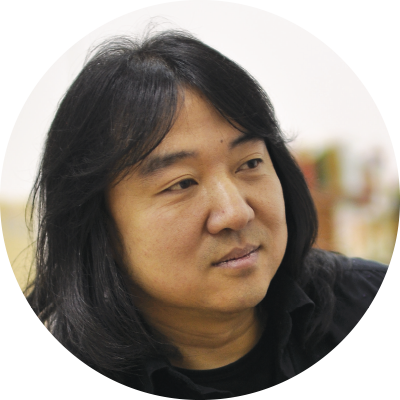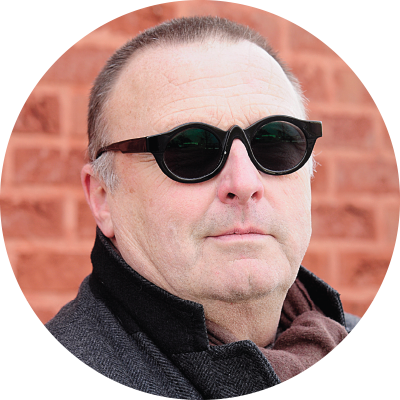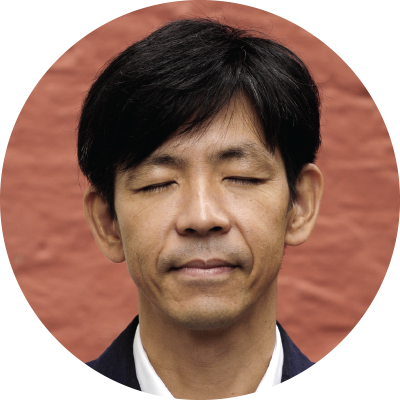Romy Achituv
Cataract Gorge
- installation, Israel/USA
Intro
Romy Achituv creates an artificial storm on the otherwise placid waters of Bruges. Floating on the turbulent waters is a structure in the form of a Gothic crow-stepped gable house. The work refers both to the city’s economic heyday hundreds of years ago and to the current stagnation of a city that seems to exist solely for the purpose of entertaining tourists. Strict regulations intended to preserve the city’s heritage act as brakes to evolution and a dynamic future.
About Cataract Gorge
‘Cataract’ recalls rapids but also the cataracts that can cloud our eyes as we grow old. The word gorge also has two meanings of course: a narrow valley and a greedy way to eat or indulge in something.
Cataract Gorge is installed in a lock in the north of the Bruges “egg”, the place where the city is linked to the sea. In the Middle Ages, the goods and wealth of Bruges flowed into the city along these canals. Today, the canals bear silent testimony to this economic and artistic boom period. All they transport now is an endless stream of tourists ogling the city’s cultural heritage. Visitors often seem to be fascinated by the timeless, frozen aspect of Bruges. But by closing itself off behind its historic image, the city is hindering its natural development and transformation.
Cataract Gorge questions the implications of such a conservative policy and the price that Bruges will pay on a social and cultural level. This work, which creates a riveting spectacle on the water, asks us to consider the forces that are at work behind the facade of a frozen city. Achituv creates a metaphor for change by literally and symbolically stirring the waters.
Essential Info
Romy Achituv
Cataract Gorge Outdoor
20.05 - 18.10.2015 Open 24/7
outdoor - Free
Sasplein
Wheelchair accessible
Bio
The work of Israeli artist Romy Achituv (1958, Rome, Italy) is concerned with issues of language, time and memory. He is interested in the language of visual representation and in the dynamic between spectatorship and interaction. Trained as a sculptor, Achituv works across mediums and disciplines. His new media work includes an exploration of digital expressions of time and space. He takes concepts and paradigms from the world of computers and new media and turns them into physical installations. In recent years, he has turned his attention to site-specific, socially engaged projects. His work has been widely exhibited and is included in large international collections. Romy Achituv has been living and working in Seoul, South Korea, for the past five years. He is based in New York.



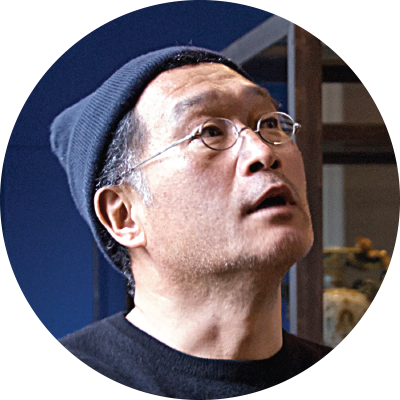


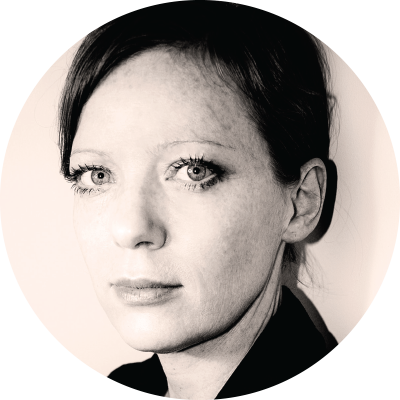
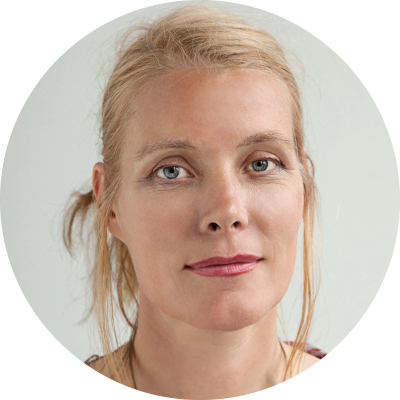
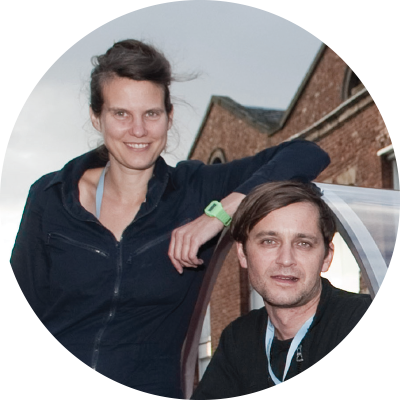


![[O+A]](/src/Frontend/Files/Programme/overview_image/source/09_-o-a-_x2.png)
